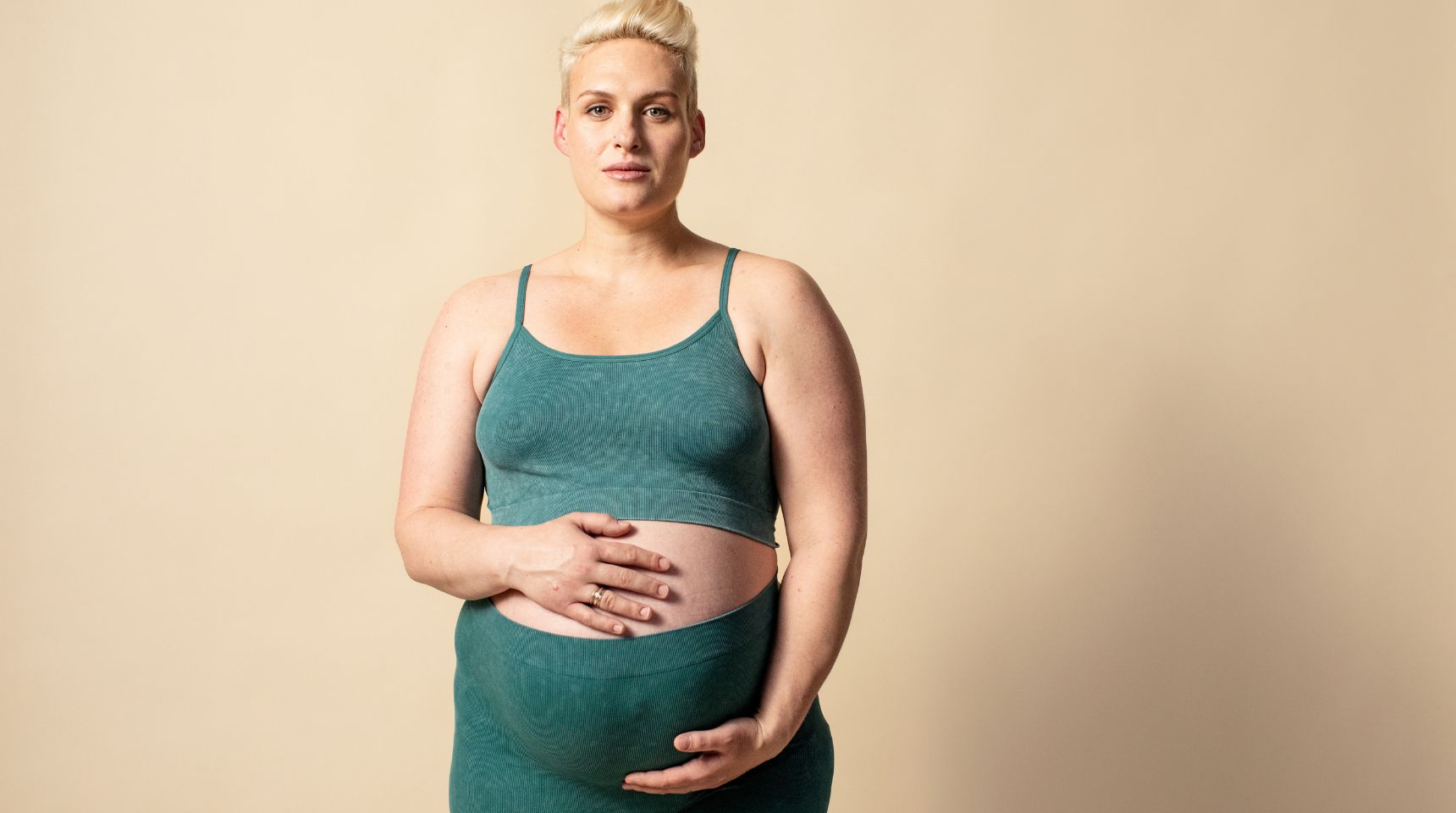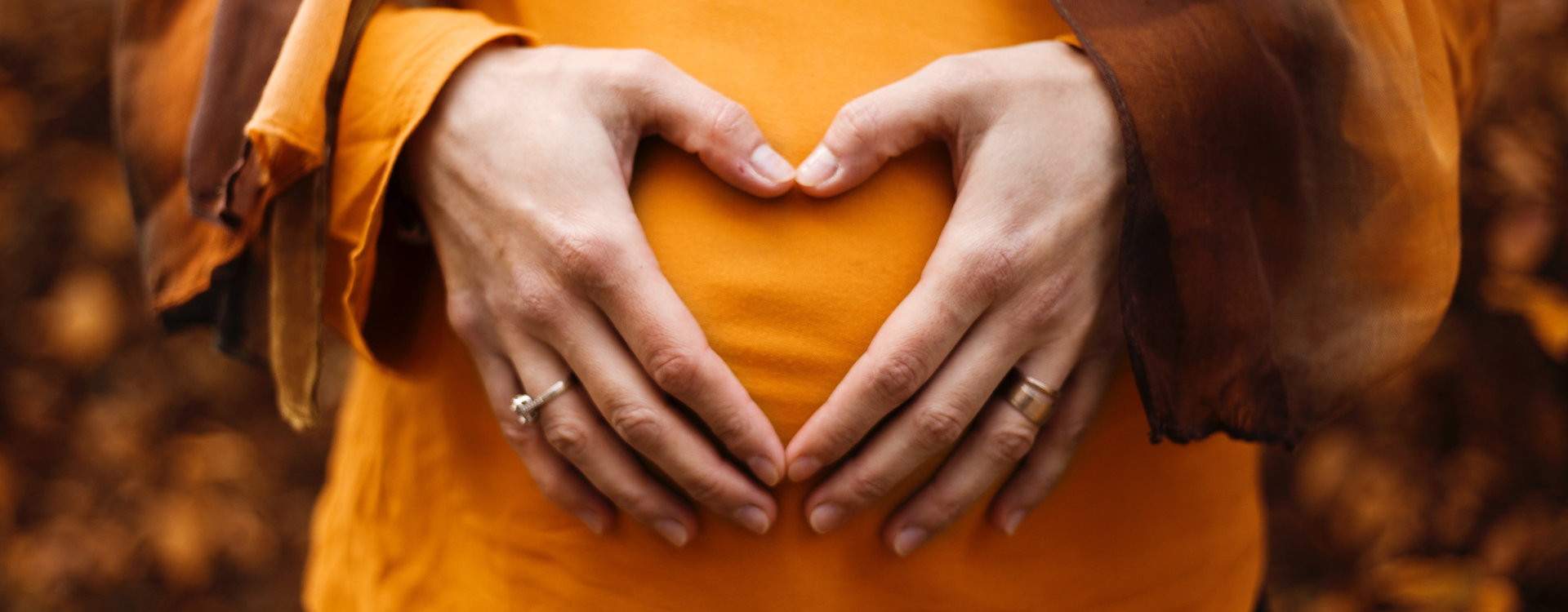When it comes to cesarean births (a.k.a. c-sections), there’s so much that can feel unknown. Things like: “Will I need a c-section?,” “Can I breastfeed if I have a c-section?,” “What can I do and what should I avoid while I’m recovering?,” and more.
“Many people forget that a c-section is major abdominal surgery,” says Dr. Megan Pallister, OB-GYN. “With a c-section your body needs to heal from both the surgery and the pregnancy itself.”
If you’re pregnant and planning for a cesarean birth, or simply curious, read on to learn the ins and outs of c-section recovery.
What To Expect After a C-Section
It takes weeks, even months to recover fully from childbirth. Having a cesarean birth will extend this timeline. How long does it take to heal from a c-section, then? Recovery may take six to eight weeks, compared with about four to six weeks for a vaginal birth.
At the hospital: Your recovery journey begins shortly after birth. Your healthcare team will keep a close eye on your vital signs while you’re in the hospital. You also will receive medications to help with the pain and bleeding and to help prevent infection.
Once the anesthesia wears off, you will be encouraged to move about and resume your normal diet. The goal here is to help the healing process and prevent complications from the surgery. For example, drinking lots of fluids will help ease constipation. And walking around as much as possible, adding a little more each day, can prevent blood clots from forming in your legs (called deep vein thrombosis).
As long as you and your baby are doing well, you can expect to go home from the hospital two to three days after your c-section.
At home: Once you’re home, you’ll want to focus on caring for that abdominal incision. The area may feel tender, itchy, or numb as it heals—this is all normal. If your incision was closed with surgical glue or stitches, they will dissolve on their own. If your doctor used staples, they will need to be removed during a follow-up appointment. Our Soothies® C-section Recovery Pads are great to have on-hand here to help protect your incision after your stitches come out, when the wound is closed but still healing. You can use our pads about 10 days after birth (unlike a scar cream which can’t be worn until the wound is fully healed, about 6 weeks after birth). That c-section scar may not delight you at first, but with time it will fade into a fainter badge of honor.
For the first four to six weeks, much of your postpartum recovery will resemble that of a vaginal birth. This often surprises people, but you will experience vaginal bleeding and discharge (called lochia) as your uterus sheds its pregnancy lining. (Tip: A postpartum wash bottle comes in handy here to help with cleansing.)
You’ll have cramping as your uterus shrinks back to its pre-pregnancy shape and size. These “afterpains,” as they are often called, can feel like menstrual cramps. They may intensify during breastfeeding because nursing releases the hormone oxytocin, which triggers uterine contractions. (Tip: heat therapy is great for cramping, though you’ll want to avoid heat directly on your incision. If your incision hurts, cold therapy can be helpful!)
Plus, if you labored before having the c-section, you might also have pain in your perineum, the area between your vagina and anus. On top of this, your breasts may feel sore, even engorged, as your milk comes in and you and your little one get the hang of breastfeeding.
“Patients who have a c-section are often surprised at the similarities in recovery. But remember, this is your body adapting to no longer being pregnant,” Dr. Pallister points out.
Tips for Recovering from a C-Section
Whether you have a scheduled c-section already on the books or you want to be prepared for the possibility, it helps to learn all you can. Here are some tips to help you recover more smoothly from a c-section.
- Take pain medication as prescribed. This will help to relieve the pain at your incision site and in your lower back.
- Protect the incision area. Wear loose-fitting clothing that doesn’t rub against your lower tummy. We’re big fans of our C-Section Hydrogel Pads to help minimize friction and discomfort. Placing a pillow in your lap while you’re breastfeeding may also help.
- Keep the wound clean and dry. Gently wash the area with soap and water once a day and pat dry. Look out for signs of infection such as discharge, redness, swelling, or a foul smell coming from the incision site. Fever is another postpartum warning sign that could indicate an infection.
- Soothe with cold therapy. Try our C-section Hydrogel Pads for instant cooling relief and to soothe the incision while it heals.
- Avoid sudden movements. Twisting, bending over, and sitting up will be painful for a while. Keep everything you need within arm’s reach.
- Hold off on strenuous exercise and be careful not to lift anything heavier than your baby for the first few weeks. Your beloved HIIT class will need to wait until your ob-gyn says it’s okay, typically around the six- to eight-week mark.
- Go for short walks instead. That doesn’t mean all physical activity is off the table! If you’re feeling antsy, take your baby for a stroll around the block or the neighborhood. Light exercise will get your blood flowing and help with the healing process. You can increase your stamina gradually.
- Drink and eat well. A nutritious diet will help prevent constipation and make bowel movements more comfortable. Consume plenty of water and high-fiber foods such as fruits, vegetables, and whole grains.
- Sleep on your back or your side. As you can imagine, lying on your tummy won’t feel so good at first. If you used a body pillow during pregnancy, keep it around for a while longer to cushion your tummy at night. Good sleep is important for the healing process (even with middle-of-the-night interruptions).
- Don’t put anything into your vagina until your doc gives the green light, usually about the six-week point. Yes, this includes having sex!
- Take it easy. It’s normal to feel tired and uncomfortable for the first few weeks after giving birth. You have enough on your plate with resting, recovering, and tending to your baby’s needs. Lean on your support network for help with other stuff like meals and housekeeping.
Back to Good
Fact: Pain and discomfort are a normal part of the childbirth recovery process, especially with a c-section. But this too shall pass. Within a few weeks you should start to feel like yourself again (or rather, a new mama version of it!).
If you have questions or something just doesn’t seem right, reach out to your ob-gyn practice. “Your healthcare team is there to help throughout your c-section experience: before, during, and postpartum,” says Dr. Pallister. “We want you to feel empowered as you heal and adapt to the new role of motherhood.”
All content found on the Lansinoh.com website, including: text, images, audio, or other formats were created for informational purposes only. The content is not intended to be a substitute for professional medical advice, diagnosis, or treatment. Always seek the advice of your physician or other qualified health provider with any questions you may have regarding a medical condition. Never disregard professional medical advice or delay in seeking it because of something you have read on this website.









